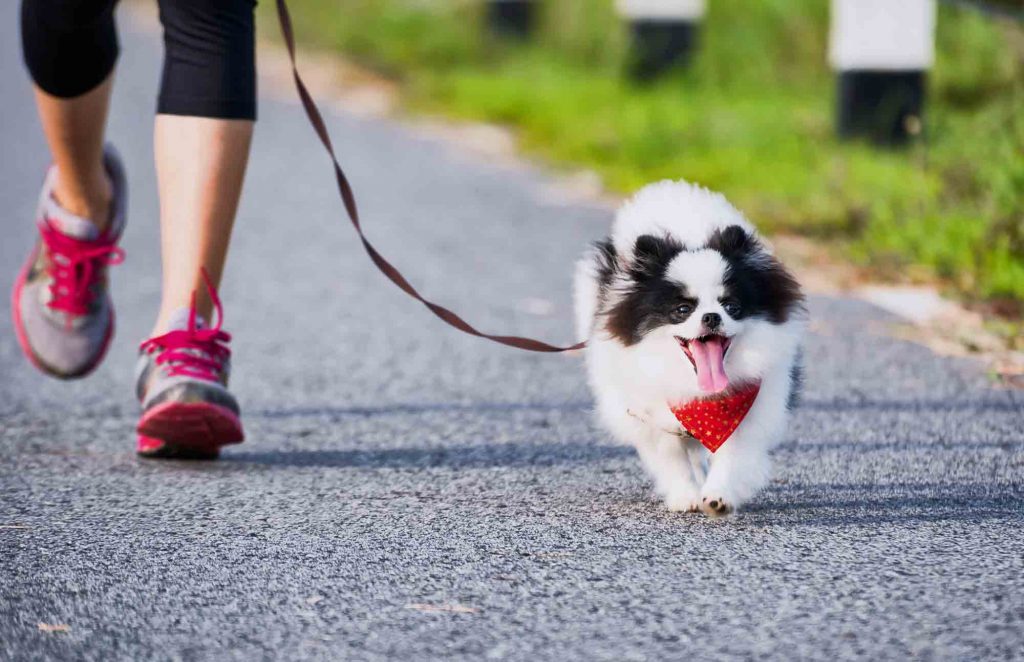
Running with Your Dog: Tips for Safety and Fun
 Whether you’re a serious or casual runner, having an exercise partner can make running more enjoyable and motivate you to get out there, even when you don’t feel like it. Your loyal canine companion can make an excellent running buddy, and regular exercise and companionship lead to a variety of wonderful benefits for both you and your pet.
Whether you’re a serious or casual runner, having an exercise partner can make running more enjoyable and motivate you to get out there, even when you don’t feel like it. Your loyal canine companion can make an excellent running buddy, and regular exercise and companionship lead to a variety of wonderful benefits for both you and your pet.
Your team at West Park Animal Hospital is always on the lookout for ways to encourage safe and fun exercise for all of our sweet patients. We applaud you for your interest in running with your dog, and encourage you to keep the following safety precautions in mind before you hit the pavement or trail together.
Running with Your Dog, Safely
- Be aware of the type of surface your dog is running on and adjust your run accordingly. Hot asphalt or pavement can burn your dog’s paw pads. Roadside/trail debris, such as sticks, rocks, and broken glass, can cause injury. Be sure to check the condition of your pet’s paws before and after each run, and stick with soft, shaded surfaces whenever possible.
- Puppies should not engage in extended, high-impact exercise until they are 1-2 years of age (depending on breed), as permanent damage can result to still-developing bones and joints.
- Take your dog’s breed into consideration when determining how far to run with them. Sporting and herding breeds are more likely to be able and willing to run long distances, and many smaller dogs make excellent running companions. Short-nosed breeds (bulldogs, pugs, etc.) have shortened airways and should probably not run, especially in warmer weather.
- Speaking of warm weather, always be mindful of your dog’s safety and comfort while running. Don’t run with your dog in the heat of the day, and take frequent breaks for water and rest as needed. Watch your dog closely for signs of dehydration or heat stroke, such as excessive panting/drooling, stumbling, vomiting, or pale gums.
- Stay away from retractable leashes, which could pose a tripping or entanglement hazard, and allow your dog to pull too much. A standard leash and collar/harness is best (no choke, prong, or Martingale collars), or consider a specialized running harness to avoid chafing.
It can be tempting to skip the warm-up or cool-down, but your dog’s (and your) joints and muscles will pay the price. A few minutes of brisk walking or light jogging right before and after your run is all that is needed.
Give Us a Call
Before starting any new exercise routine with your pet, be sure to make an appointment for a wellness exam with your West Park Animal Hospital veterinarian. We will make sure that your pet is healthy enough for strenuous exercise and update any necessary vaccines and parasite preventives. We are always here to answer your questions and concerns regarding your pet, so don’t hesitate to give us a call!
The post Running with Your Dog: Tips for Safety and Fun appeared first on West Park Animal Hospital Blog.


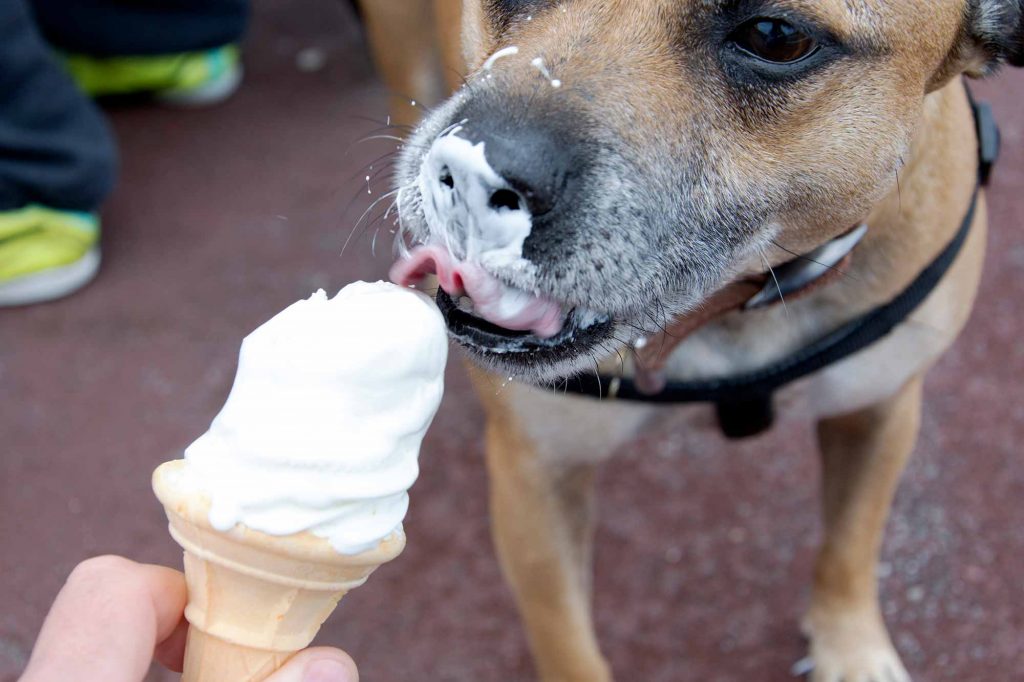
 Temperatures are starting to heat up, and although it’s not too unbearable yet, we know hot weather is approaching! Now is a great time to gather ideas and recipes for one of the most delightful summer activities: making summer treats for your dog.
Temperatures are starting to heat up, and although it’s not too unbearable yet, we know hot weather is approaching! Now is a great time to gather ideas and recipes for one of the most delightful summer activities: making summer treats for your dog. 
 Whether you’ve hired a contractor or you’re doing the work yourself, a remodel at home can be a huge undertaking. Even if your project is confined to a small part of the house or it doesn’t have an extended timetable, home construction upends the natural ease and comfort that pets depend on.
Whether you’ve hired a contractor or you’re doing the work yourself, a remodel at home can be a huge undertaking. Even if your project is confined to a small part of the house or it doesn’t have an extended timetable, home construction upends the natural ease and comfort that pets depend on. 
 Have you ever seen a cyclist holding a leash? Most of the time, it looks like they have total control of the situation and that both rider and pet are the epitome of good health. Most likely, this didn’t just happen overnight. For bike riding with dogs to be successful and safe, practice and preparation are required.
Have you ever seen a cyclist holding a leash? Most of the time, it looks like they have total control of the situation and that both rider and pet are the epitome of good health. Most likely, this didn’t just happen overnight. For bike riding with dogs to be successful and safe, practice and preparation are required. 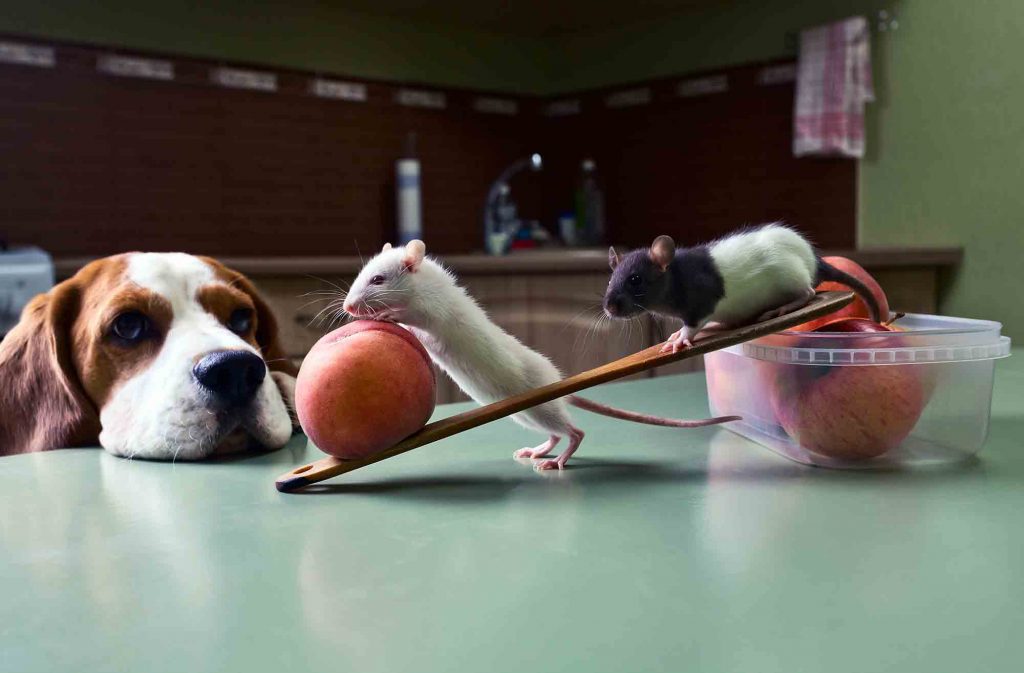
 By now, we all know that fruits and vegetables are part of a
By now, we all know that fruits and vegetables are part of a 
 Brew day is fun, but it’s not something to take lightly at all. Carefully chosen ingredients – measured precisely – are cooked and combined to create a special sort of alchemy. Without a doubt, home brewing requires excellent timing, preparation, and focus.
Brew day is fun, but it’s not something to take lightly at all. Carefully chosen ingredients – measured precisely – are cooked and combined to create a special sort of alchemy. Without a doubt, home brewing requires excellent timing, preparation, and focus. 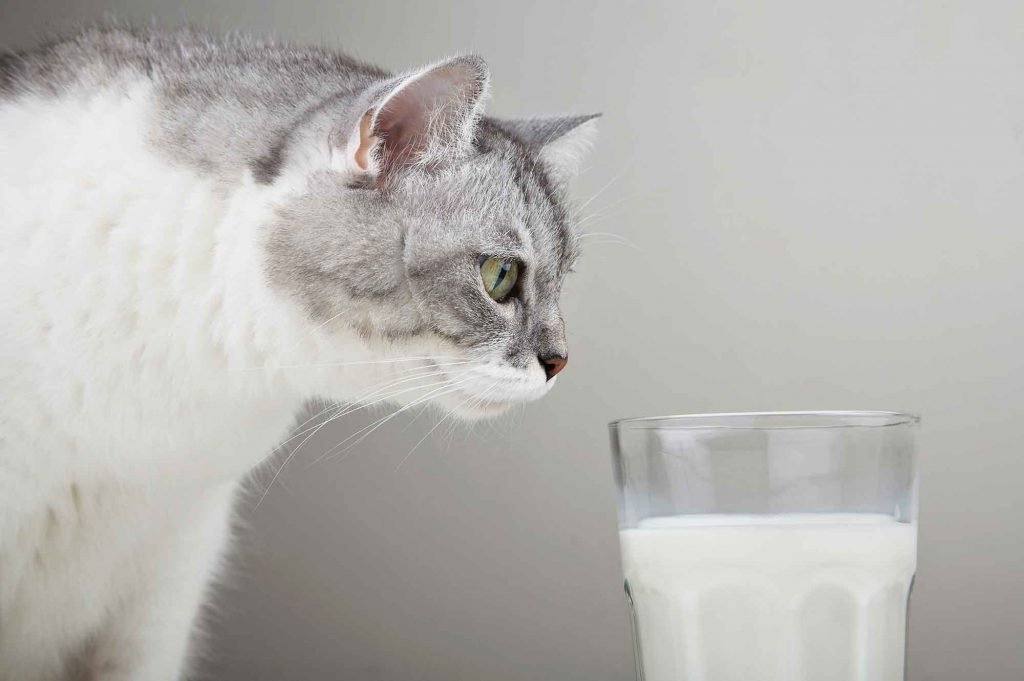
 The image of a fluffy barn cat lapping from a bucket next to a big Holstein cow is an iconic one for sure. While many of us search our refrigerators for a gallon of milk as a treat for our feline friends, cats and milk actually aren’t a good combination.
The image of a fluffy barn cat lapping from a bucket next to a big Holstein cow is an iconic one for sure. While many of us search our refrigerators for a gallon of milk as a treat for our feline friends, cats and milk actually aren’t a good combination. 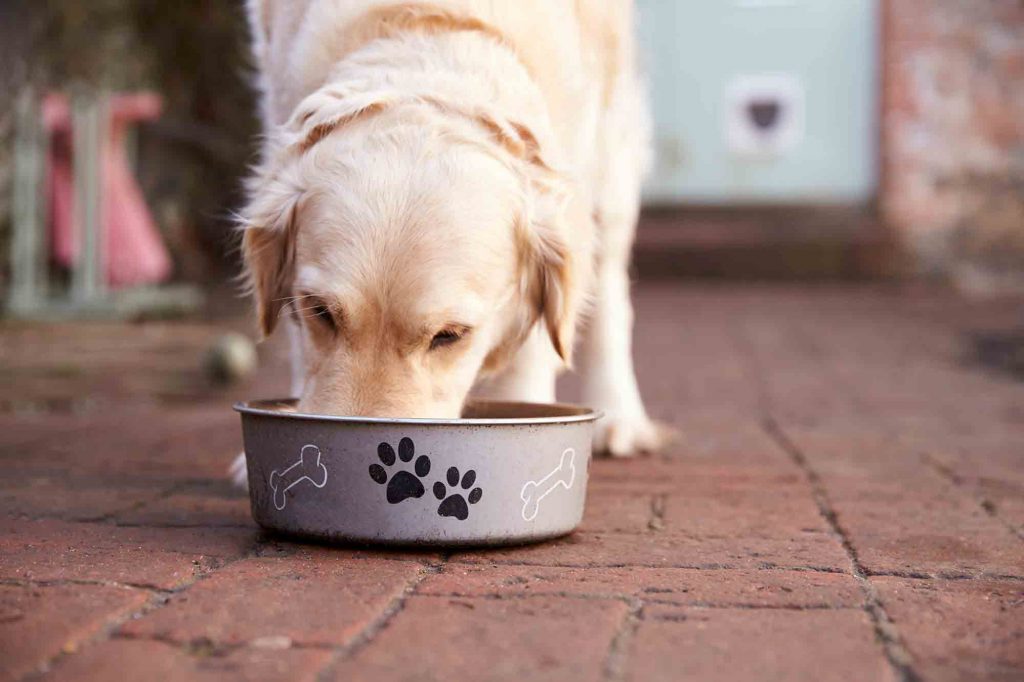
 Most of us would agree that
Most of us would agree that 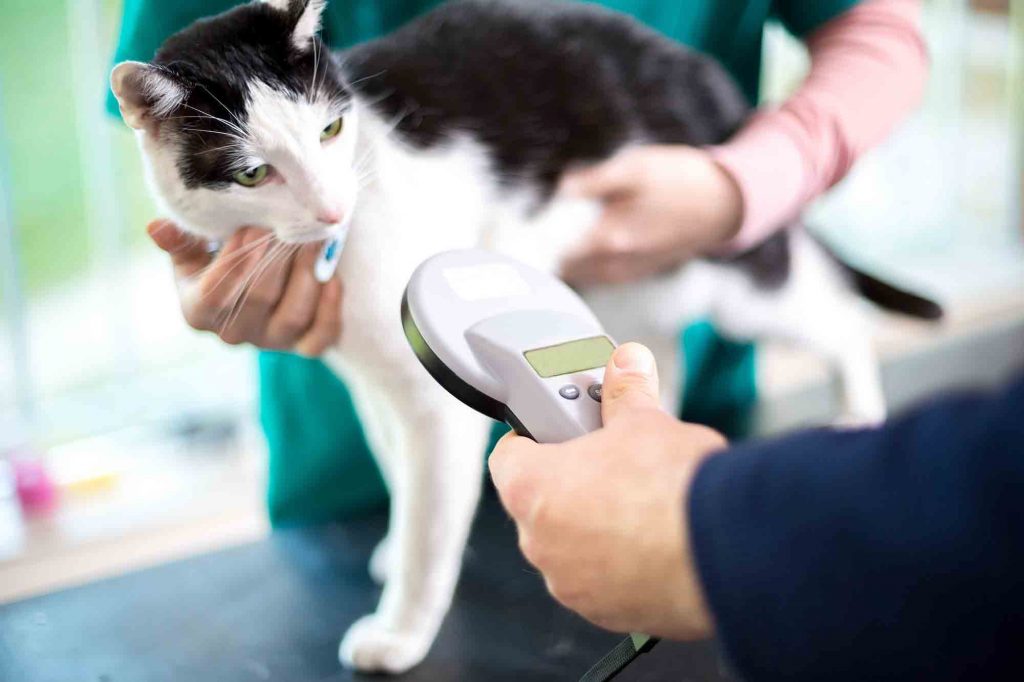
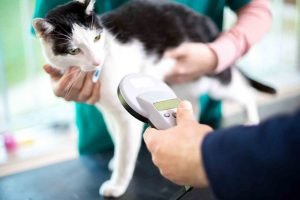 Do you have an escapee pet? You know the type – always hanging around the front door, waiting for the opportunity to push past our legs and run for freedom?
Do you have an escapee pet? You know the type – always hanging around the front door, waiting for the opportunity to push past our legs and run for freedom?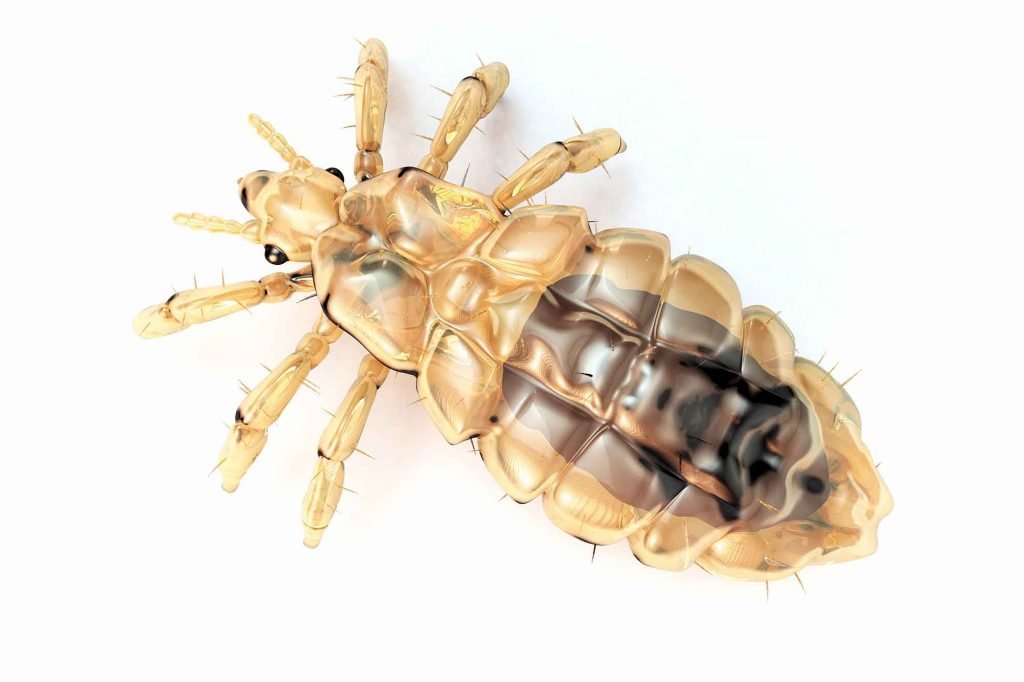
 If you’ve ever had a scare with head lice, it’s likely you never want to experience it again. Head lice, which is a specific species called Pediculus humanus capitis, only affects humans. In other words, while lice may spread from one human family member to another, it’s impossible that your pet was the cause of the problem.
If you’ve ever had a scare with head lice, it’s likely you never want to experience it again. Head lice, which is a specific species called Pediculus humanus capitis, only affects humans. In other words, while lice may spread from one human family member to another, it’s impossible that your pet was the cause of the problem.